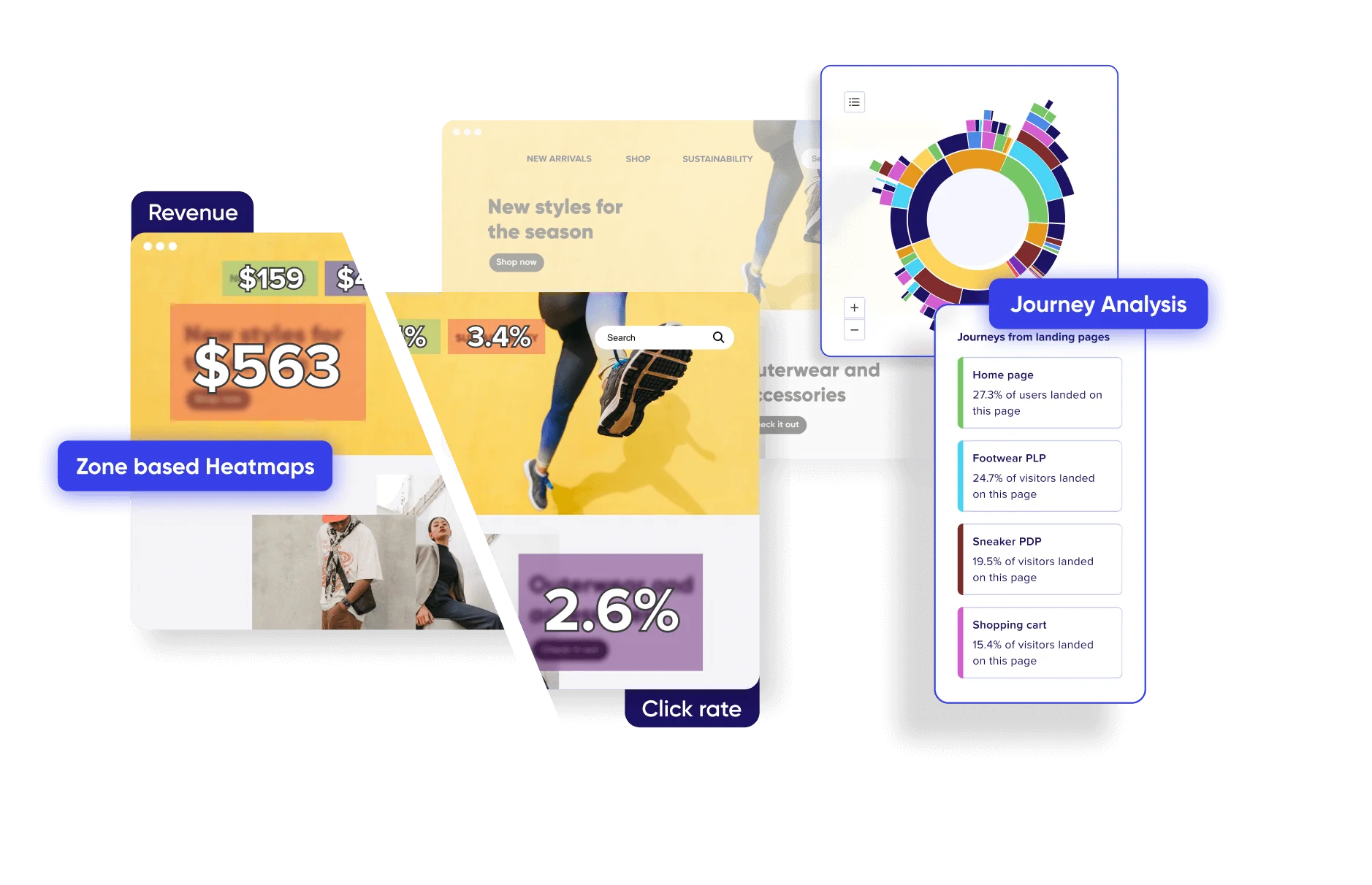
Know what drives engagement and abandonment on your sites and mobile apps.

Digital experience, a vital component of digital marketing, refers to the sum total of digital interactions between a business and its customers. It’s a comprehensive perspective that includes user experience, website design, user interface, and content, among other things. The digital experience extends beyond mere technology, focusing on providing a seamless user experience across all digital touchpoints, including mobile apps, social media, emails, and digital ads. The aim is to leverage digital resources to enhance user satisfaction and foster a positive customer journey.
At the heart of the digital experience is the customer. Businesses must place their customers at the center of their digital strategy, ensuring that every digital interaction adds value to the customer’s journey. The digital experience, unlike user experience, encompasses all digital interactions, not just those occurring on a website or app. It’s about creating a cohesive and engaging online engagement that leaves a lasting positive impression on the customer.
The impact of the digital experience on a customer’s perception of a business is significant. A positive digital experience can increase customer satisfaction, foster loyalty, and drive revenue growth. Conversely, a negative digital experience can lead to customer attrition and negatively impact a company’s brand image. As such, businesses must invest in delivering a positive digital experience.
In today’s digital era, the importance of the digital experience is paramount. With an increasing number of consumers interacting with businesses via digital platforms, providing a positive digital experience has become a business necessity. The digital experience is now a key differentiator, significantly impacting a company’s bottom line.
A positive digital experience can drive online engagement, improve customer retention, and boost revenue. It can help businesses stand out from their competitors, build a robust brand reputation, and foster customer loyalty. Additionally, a positive digital experience can trigger word-of-mouth marketing, as satisfied customers are likely to recommend the company to others.
Conversely, a poor digital experience can have severe consequences. It can lead to customer churn, negative reviews, and damage to the company’s reputation. Therefore, businesses must prioritize the digital experience and continuously strive to improve it, thereby ensuring a seamless customer journey.

Know what drives engagement and abandonment on your sites and mobile apps.
Several factors can negatively impact the digital experience. One common issue is poor website design. If a website is difficult to navigate, slow to load, or not mobile-friendly, it can lead to a poor user experience. Similarly, a poor user interface and lack of accessibility can also negatively impact the digital experience.
Content is another crucial factor. If the content is not relevant, up-to-date, or engaging, it can lead to a poor digital experience. Moreover, if a business fails to deliver personalized content based on the user’s preferences and behavior, it can negatively affect the user satisfaction.
Technical issues can also lead to a poor digital experience. Frequent website downtimes or bugs in mobile apps can frustrate customers, leading to a negative digital experience. Therefore, businesses must regularly test and monitor their digital platforms to ensure they are functioning properly. By doing so, they can prevent technical issues from disrupting the digital interaction and ensure a smooth digital transformation.

Know what drives engagement and abandonment on your sites and mobile apps.